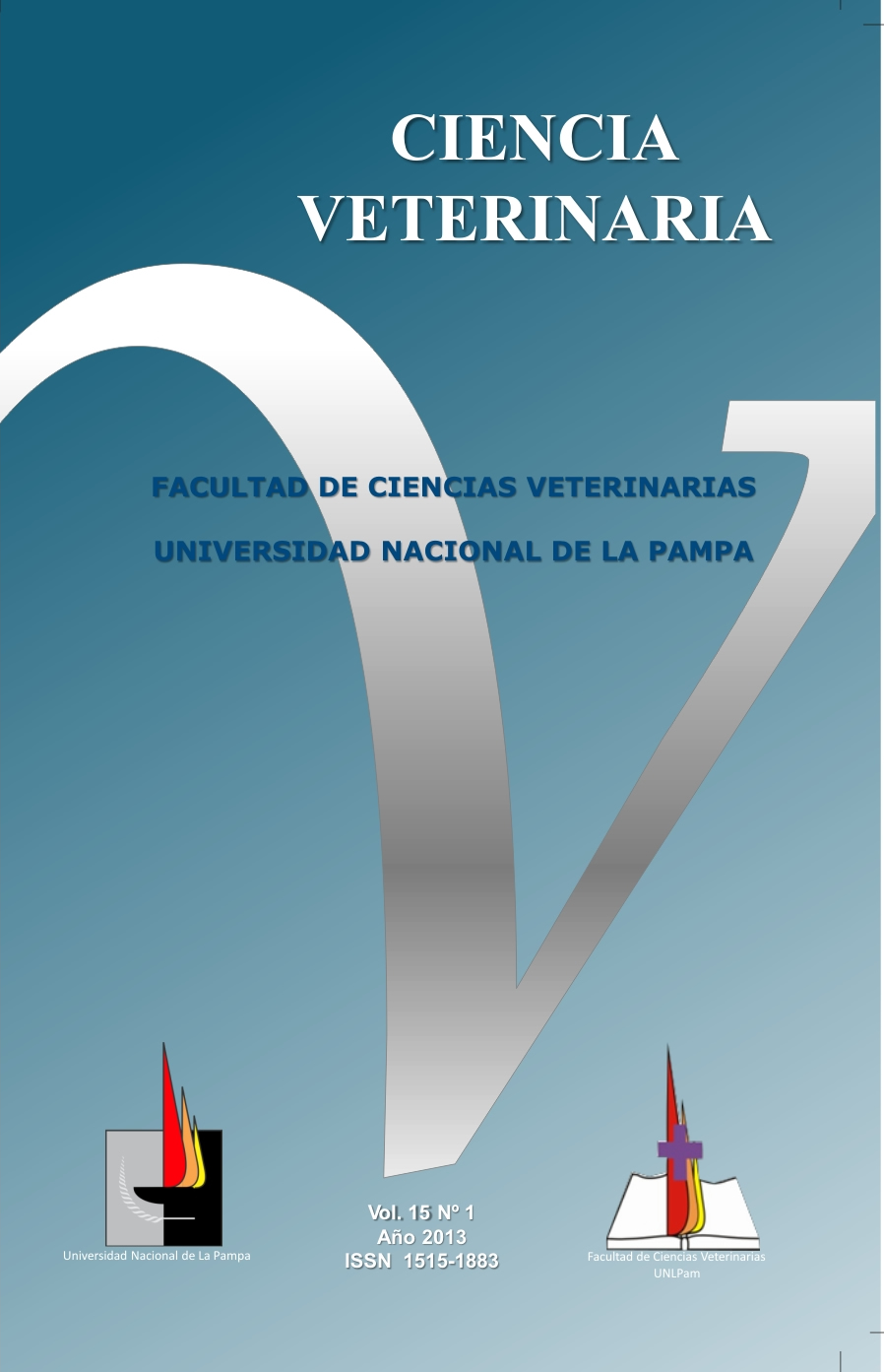Index of Sphericity
Keywords:
Chronic mitral regurgitation, Index of sphericity, Heart failure, EchocardiographyAbstract
The study of ventricular geometry has aroused some interest in the cardiologists in recent years. It is well known that a pathological heart has its anatomy altered. The use of simple techniques to assess ventricular geometry allows to know the clinical value of the geometric distortion in patients with heart failure. The interest about the knowledge of the changes in the shape of the heart has been increased by the suspicion that the transformation in the geometry of the left ventricle to the sphericity has prognostic value. Echocardiography is the non-invasive technique that has been used more to evaluate left ventricular geometry, specifically the M and two-dimensional modes. The objective of this study is to determine the value of the index of Sphericity in normal canines and with chronic mitral regurgitation in phase II (classification according to ISACHC), through echocardiography, by the technique of the long axis on the short axis division and by the technical division of the area measured in apical long axis on the area measured in short axis, both determined by planimetry. In this way and through this index, a new tool for prognosis will be attempted to do to be useful in determining the severity that each case of chronic mitral regurgitation presents. Normal canines and patients with chronic mitral regurgitation in phase II were used in this work. Each of them was measured by echocardiography sphericity index, comparing the results of both groups together. In this way one could conclude that sphericity rates measured in animals with chronic mitral regurgitation in phased II present one less value than those measured in animals without pathology, since the heart with mitral regurgitation develops a more globose form in response to volume overload.Downloads
Downloads
Published
How to Cite
Issue
Section
License
Al momento de enviar sus contribuciones, los colaboradores deberán declarar , de manera fehaciente, que poseen el permiso del archivo o repositorio donde se obtuvieron los documentos que se anexan al trabajo, cualquiera sea su formato (manuscritos inéditos, imágenes, archivos audiovisuales, etc.), permiso que los autoriza a publicarlos y reproducirlos, liberando a la revista y sus editores de toda responsabilidad o reclamo de terceros , los autores deben adherir a la licencia Creative Commons denominada “Atribución - No Comercial CC BY-NC-SA”, mediante la cual el autor permite copiar, reproducir, distribuir, comunicar públicamente la obra y generar obras derivadas, siempre y cuando se cite y reconozca al autor original. No se permite, sin embargo, utilizar la obra con fines comerciales.




.jpg)

4.png)


7.png)



